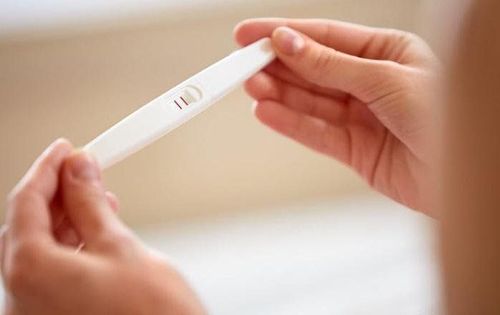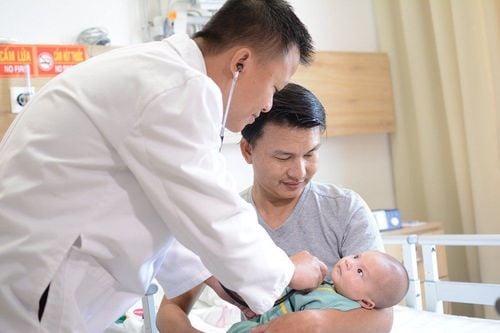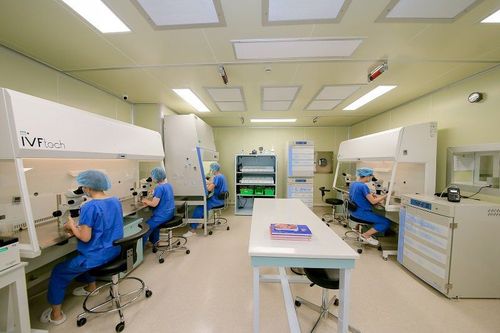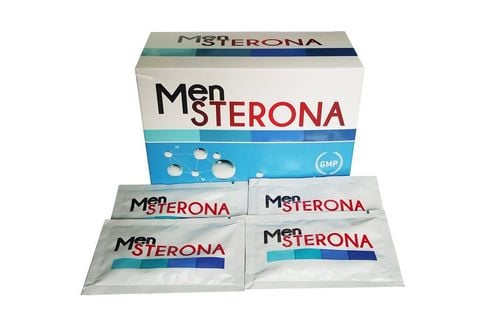This is an automatically translated article.
In vitro fertilization (IVF) is an assisted reproductive treatment in which sperm and eggs are combined in a laboratory. The resulting embryos are evaluated for quality, and one or more embryos are placed into the uterus via the cervix.
IVF is by far the most commonly used high-tech fertility treatment, accounting for more than 99% of assisted reproductive technology (ART) procedures. About 1.5% of babies born in the United States are conceived using ART.
1. Who can perform in vitro fertilization (IVF)?
Currently, Vietnam and many countries in the region have an increasing rate of infertile couples. However, thanks to the development of medicine, infertility can completely be treated by many methods. One of the most effective infertility treatments with a high success rate is in vitro fertilization (IVF).
IVF can help you get pregnant if you have problems with ovulation or egg quality, blocked fallopian tubes, or endometriosis; if your partner has problems with sperm count or motility ; or if you are using donor eggs to get pregnant.
IVF may also be an option if your doctor can't pinpoint a problem that's keeping you from getting pregnant (this is known as "explained infertility") or if treatments don't work. Other births were unsuccessful.
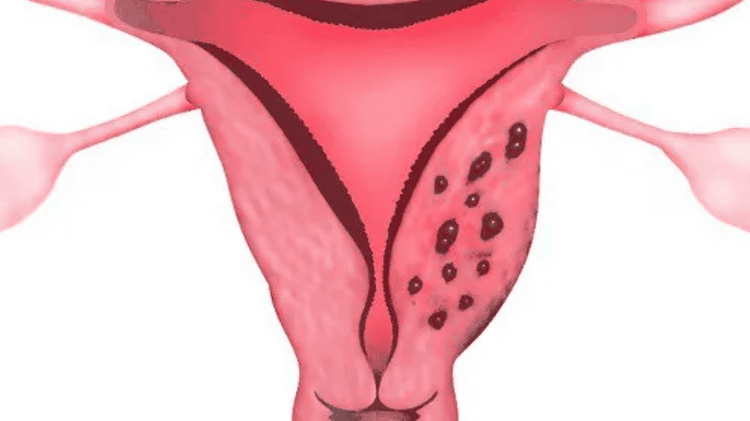
Bệnh nhân bị lạc nội mạc tử cung sử dụng phương pháp IVF có thể giúp mang thai
2. How does IVF work?
IVF treatment usually goes like this:
Ovarian stimulation: For the 8 to 14 days near the beginning of your menstrual cycle, you take gonadotropin, a fertility drug that stimulates the ovaries to develop multiple mature eggs. to fertilize (instead of just one). You also need to take a synthetic hormone such as leuprolide or cetrorelix to prevent your body from releasing an egg too soon. Follicular growth: While taking these drugs, you go to the hospital or clinic every 2 to 3 days to have your blood hormone levels checked and an ultrasound to measure your ovaries. This allows the doctor to monitor the growth of the follicles - the fluid-filled sacs where eggs mature. Trigger injection: When the follicles are ready, you'll be given an "activator" injection, an injection that makes the egg fully mature and capable of fertilization. About 36 hours after you inject the trigger, your eggs are ready to be retrieved. Egg collection: The doctor will numb the area and insert an ultrasound probe through the vagina to look at the ovaries and identify the cysts. Then, a thin needle is inserted through the vaginal wall to remove the egg from the follicle. Usually the doctor will remove about 8 to 15 eggs. You may have an upset stomach and a rash for a few days afterward, but most will feel better after a day or two.
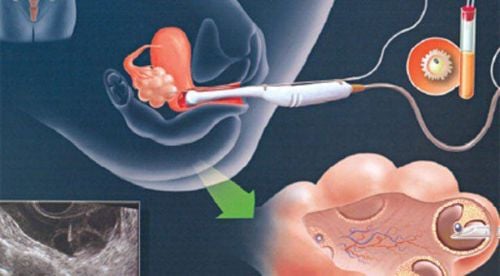
Một loại thuốc hỗ trợ sinh sản kích thích buồng trứng phát triển nhiều trứng trưởng thành để thụ tinh
Insemination: An embryologist (a scientist who studies eggs, sperm, and embryos) will test your eggs before combining them with your partner's sperm and fertilizing them overnight. Fertilization usually occurs during this time, but an abnormal egg may not be fertilized. (If sperm quality is poor, or if fertilization has failed in previous IVF cycles, your doctor may recommend a technique called intracytoplasmic sperm injection (ICSI). ICSI, a single sperm is injected directly into each mature egg.) Embryo development: Three days after egg retrieval, some of the successfully fertilized eggs become embryos of 6 to 10 cells. By day five, some of these embryos will become blastocysts with fluid-filled cavities and tissues that begin to separate into the placenta. Embryo selection: The embryologist selects the best live embryos or embryos to put in your uterus 3 to 5 days after egg retrieval. Excess embryos, if any, can be frozen and used for future IVF cycles. Embryo implantation: Depending on your age and diagnosis, your doctor will place one to five embryos into your uterus by inserting a thin tube (catheter) through your cervix. You may feel mild abdominal pain, but no anesthesia is needed. Successful implantation: If the treatment works, the embryo will implant in the wall of your uterus and continue to develop into a fetus. Remember that if more than 1 embryo is transferred, your chances of getting pregnant are higher, but so are the odds of having a multiple pregnancy - about 20% of babies born through IVF are twins, triplets, or more. You can take a pregnancy test about two weeks after the embryo is placed in your uterus.
3. How long does IVF take?
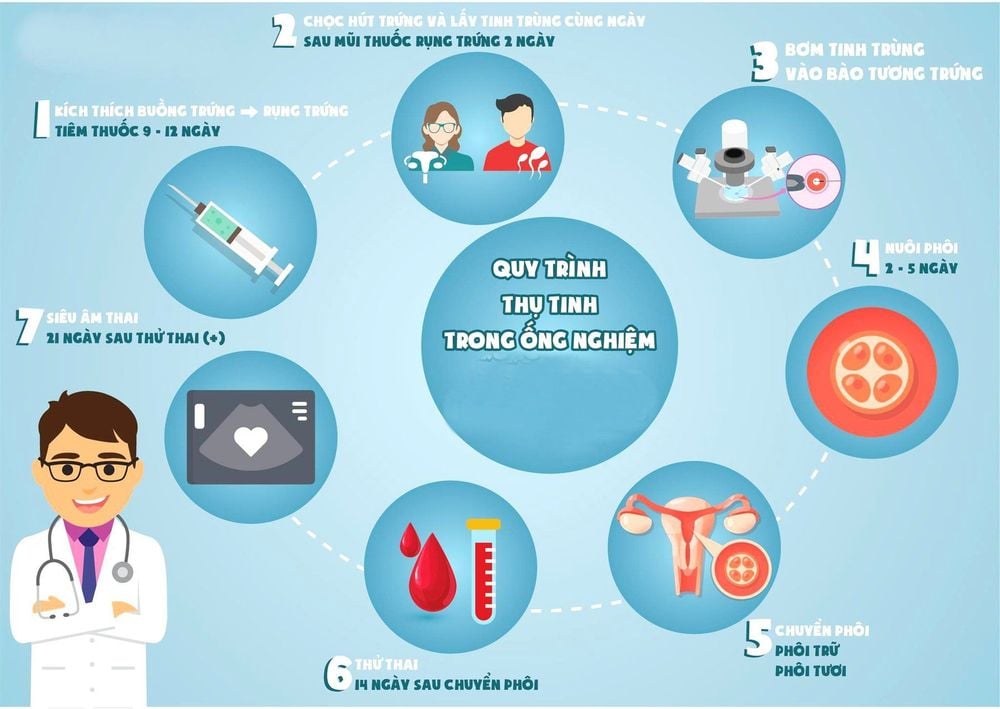
Chu kỳ thụ tinh nhân tạo - chu kỳ IVF
It takes about 4 to 6 weeks to complete one cycle of IVF.
You have to wait a few weeks for the eggs to mature. Then you and your partner spend about half a day at the hospital or clinic to get the eggs and fertilize them. You'll have to come back in 3 to 5 days to have the embryo implanted in your uterus, but you'll be able to go home right away and won't need a hospital stay.
4. What is the success rate of in vitro fertilization?
Outcomes of IVF vary widely, depending on each couple's reason for infertility and their age. Younger women often have healthier eggs and higher success rates. Based on national data, the percentage of IVF cycles that result in a successful case (in which one or more babies are born) is approximately: 40% for women 34 years of age and younger.
31% for women 35 to 37 years old 21% for women 38 to 40 years old 11% for women 41 to 42 years old 5% for women 43 years and older.
5. What are the advantages of IVF?
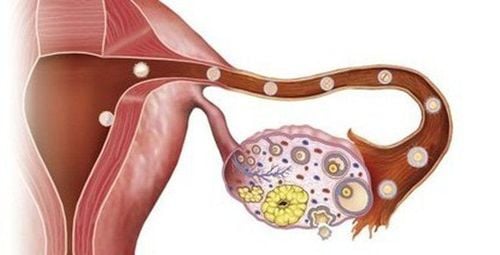
Bệnh nhân tiếp xúc với thuốc hỗ trợ sinh sản có thể dẫn đến nguy cơ cao mắc bệnh ung thư buồng trứng
No effect on fetus: IVF is the oldest assisted reproductive technology (ART) procedure on the block - dating back to 1978. IVF has been around long enough for researchers to do studies Health extends to babies conceived by this method. To date, there have been no medical problems directly related to the procedure. Not linked to cancer. Recent studies show no link between ovulation-stimulating drugs and cancer. Early studies suggest that exposure to fertility drugs may lead to an increased risk of ovarian cancer or other cancers of the female reproductive system. Technical improvement. Researchers continue to refine and improve IVF procedures. For example, advances in embryo cryopreservation (freezing) have resulted in comparable pregnancy rates in IVF for frozen and fresh embryos.
6. What are the disadvantages of IVF?
Expensive and time consuming: Insemination of eggs outside the body requires laboratory work and expensive medical expenses. Monitoring your response to fertility drugs also takes time, in addition to regular visits to your doctor's office for blood tests and ultrasounds. Multiple pregnancy rate: Because more than one embryo can be placed in your uterus, the chance of having twins or more is about 20%. Although many couples consider this a blessing, multiple pregnancies increase the risk of miscarriage and other complications, such as preterm labor. Some doctors will recommend that you consider selective reduction if three or more embryos implant successfully. This is a serious decision with major emotional and psychological consequences. IVF researchers are working on techniques to prevent multiple pregnancies.
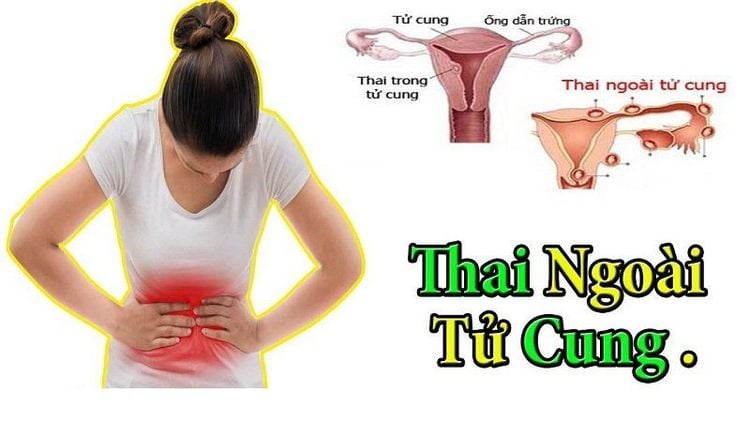
Sử dụng phương pháp IVF có nguy cơ mang thai ngoài tử cung
Risk of ectopic pregnancy: Women who have difficulty getting pregnant have a higher risk of ectopic pregnancy, regardless of how they conceived. And all assisted reproductive technology treatments, including IVF, also make the chances of an ectopic pregnancy higher. An ectopic pregnancy occurs when an embryo implants in a fallopian tube or abdominal cavity rather than in the uterus. This problem is treated with the drug methotrexate or by surgically removing the embryo to prevent the embryo from being severely injured from continuing to develop. Risk of ovarian hyperstimulation syndrome (OHSS): OHSS can occur when a woman responds too well to fertility drugs and produces too many eggs. About 10 to 20% of women using gonadotropins may experience mild OHSS, with accompanying manifestations, including weight gain and a feeling of gas and bloating. In some cases, shortness of breath, dizziness, pelvic pain, nausea and vomiting were also reported. If you have OHSS, your ovaries swell to several times their normal size and cause fluid to build up in the abdominal cavity. Usually, this condition does not require treatment, but it does require careful monitoring by a doctor and bed rest. But in rare cases, OHSS can be life-threatening, and you may need to be hospitalized for monitoring or more intensive treatment. Complications can occur for the baby. Babies conceived with high-tech infertility treatments such as IVF may be born prematurely or with lower birth weight. Babies may also have a slightly higher risk of birth defects. But experts aren't sure if it's due to infertility factors (such as age) or treatments. Unable to perform IVF: up to 20% of IVF cycles can be aborted prior to egg retrieval, often due to insufficient follicle development. Reducing OHSS risk is another reason to cancel. Treatment of infertility by in vitro fertilization requires many tests and procedures. Therefore, the cost of IVF is quite high compared to many other methods. However, compared with the success rate, the cost of in vitro fertilization (IVF) is not high.
Customers can come to the Center for Reproductive Support - Vinmec International General Hospital. This is the leading center in Vietnam, which has developed and applied a comprehensive medical examination and treatment process, combining both gynecology and obstetrics and gynecology to provide the optimal method for each patient's case.
Advantages when customers choose Vinmec fertility center:
Equipped with modern equipment, clean air system according to international standards to ensure lab quality, single cabinet system to optimize quality embryo, improving the success rate for each cycle of artificial insemination. Implement most advanced assisted reproductive techniques in the world: ICSI (injection of sperm into the oocyte cytoplasm); support embryo escape membrane; Reproductive reserve: embryo freezing, sperm freezing, oocyte freezing to help customers take the initiative in giving birth at will, transferring embryos on day 5, minimizing pregnancy; male infertility techniques (PESA, MESA, TEFNA, TESE) Besides advanced reproductive support methods, a team of excellent doctors in the country and the world, with prestige and long-term experience in the field of infertility .
Please dial HOTLINE for more information or register for an appointment HERE. Download MyVinmec app to make appointments faster and to manage your bookings easily.
Reference source: babycenter.com




